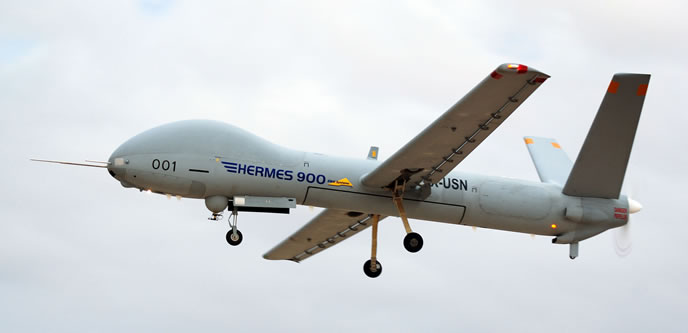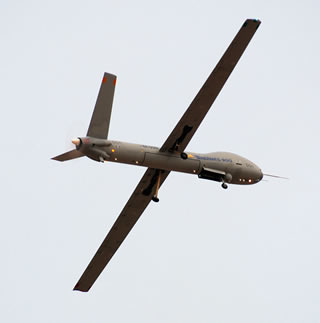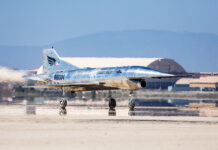
The Hermes 900 unmanned aircraft made the first flight from an airfield in the western Negev desert on December 9, 2009. The developer, Elbit Systems plans to conduct more test flights soon, commencing with serial production of the UAV. Current users of Hermes 450 type, including the Israel Defense Forces (IDF) have expressed interest in the new capability. Unlike other Medium Altitude Long Endurance (MALE) UAV systems, such as the MQ-1 Predator, MQ-9 Reaper and Heron I, the Hermes 900 can be operated as part of existing, tactical UAV units currently operating the smaller Hermes 450 and Hermes 90. Such capability can dramatically extend mission endurance, payload capacity and operational capabilities of operational units, without fielding additional infrastructure and support.

Weighing 1.1 tons on takeoff, Hermes 900 is more than twice heavier than the current Hermes 450. It has a wing span of 15 meter and fuselage length of 8.3 meters. The aircraft is powered by a single Rotax 914 engine certified engine, modified forunmanned high altitude operation. The larger platform is based on the successful track record of the Hermes 450 system that has accumulated over 170,000 flight hours. The new Hermes 900 offers additional capabilities. It can operate on missions up to 36 hours, at altitude up to 30,000 ft, carry payloads up to 300kg capacity). Furthermore, the modular design allows fast payload replacement and flight capabilitiesin adverse weather conditions. The vehicle is designed for maximum speed of 120 knots, its typical loiter speed is 60 knots.

The Hermes 900 uses built-in satellite communication channel providing beyond-line-of-sight link to the universal command & control ground station (UGCS), enabling the aircraft to operate at long distances and descend to lower altitude even inmountainous terrain. The autonomous system is also supported with advanced mission management, automatic taxiing, autonomous flight and automatic takeoff and landing systems common to all the UAVs and in the Hermes family.

The Hermes 900 also includes innovative avionics and electronic systems and a new fully certified engine, as well as systems required for flight in a combined civil and unmanned aviation area. The new UAV offers additional cutting edge technologies and applications such as electro-optic systems, laser designators and electronic intelligence sensors (ELINT, COMINT).
“Hermes 900 broadens out the Elbit Systems UAS portfolio, offering customers a variety of mission capabilities” said Haim Kellerman, Co-General Manager of Elbit Systems UAS Division. “The fact that the Hermes 900 builds on existing applications and similar infrastructure of the Hermes 450, allows us to transfer the new UAV directly into serial production.” He added, noting the company is enhancing its production abilities in anticipation for a growing demand of the new capabilities offered by the larger platform. Elbit has been the primer supplier of UAVs for the Israel Defense Forces, with Hermes-450 based systems becoming operational in the mid 1990s, the Skylark 1 mini-UAVs fielded in the early 2000s and operated by the artillery corps and newly developed Skylark LE recently selected to support the IDF land forces at battalion level. The company is also offering the Hermes 90 as a brigade-level small UAV. The extensive operational experience gained by the Hermes community in operations in the Middle East and elsewhere triggered many improvements that can be implemented throughout the operational fleet of Hermes UAVs.
















